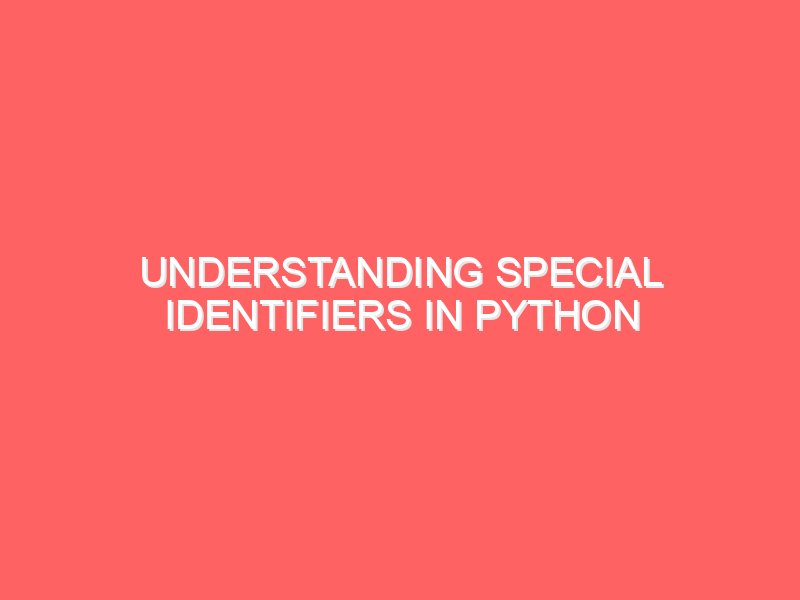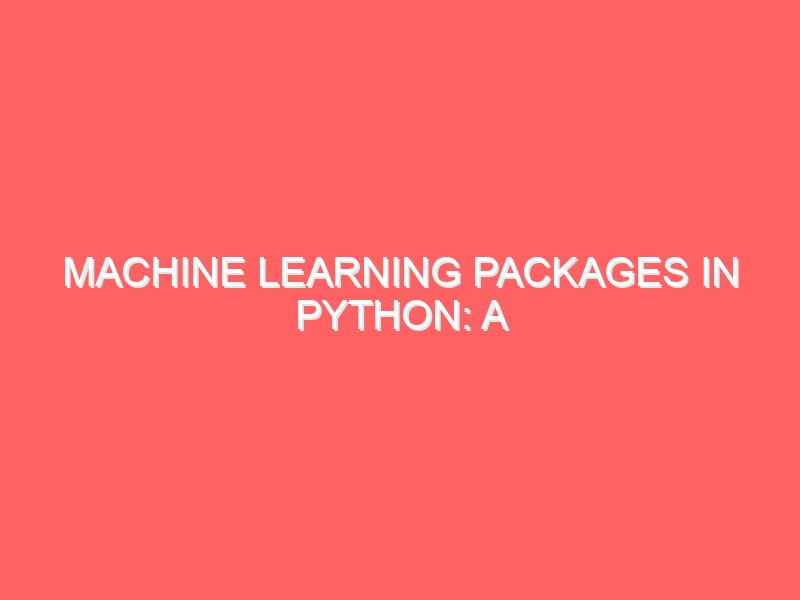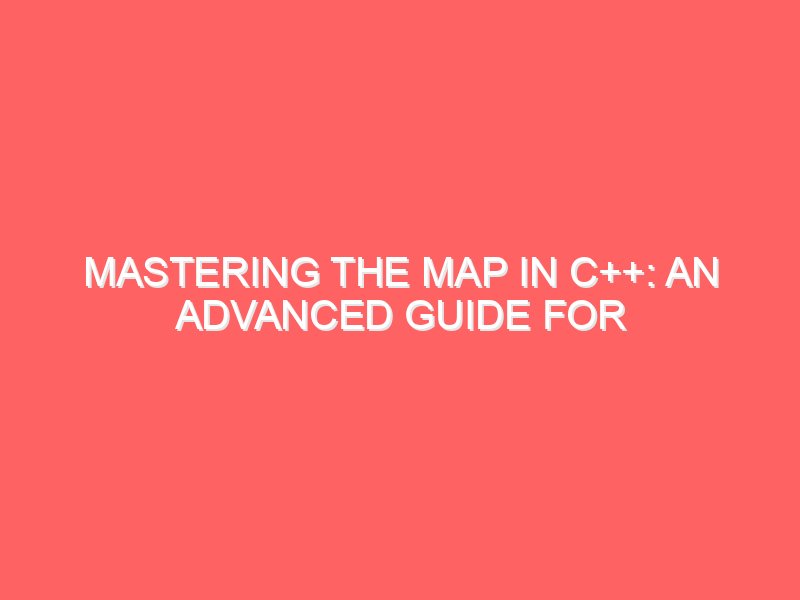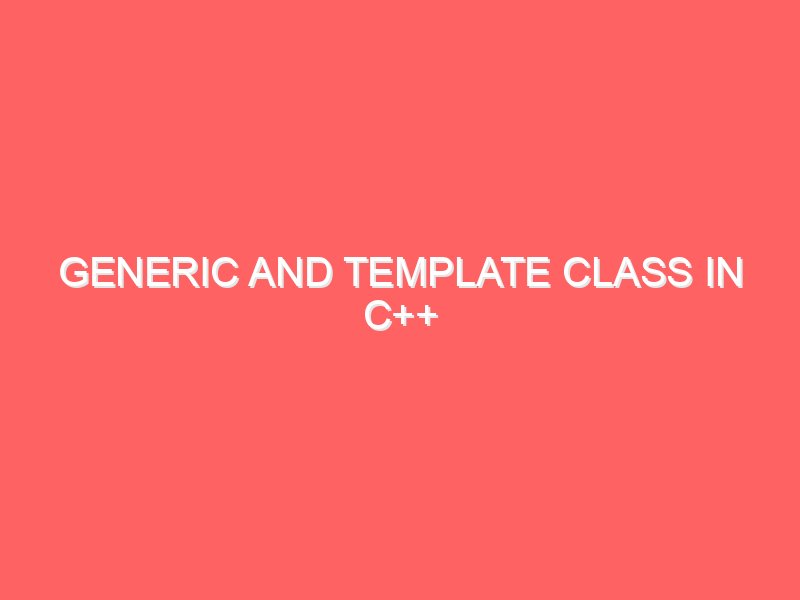Why Java Dominates Enterprise Applications Despite C++ Being Faster
If you’ve spent any time on Quora or other tech forums, you’ve probably seen this question pop up: “If C++ is the fastest programming language, why is Java used in every enterprise application?” It’s a great question that touches on some of the core principles of software development and enterprise needs. Let’s dive into this topic with a conversational and motivating tone, aiming to demystify why Java holds such a strong position in the enterprise world despite the speed advantage of C++. The Speed Debate: C++ vs. Java First, let’s address the elephant in the room: speed. Yes, C++ is renowned for its blazing-fast performance. It’s a language that allows developers to write highly optimized code, making it a go-to choice for system-level programming, game development, and applications where performance is absolutely critical. Java, on the other hand, is often seen as the slower cousin. However, this perspective is a bit outdated. Thanks to the Just-In-Time (JIT) compiler and various optimizations in the Java Virtual Machine (JVM), modern Java applications can perform remarkably well. While C++ might win in a raw speed contest, the gap isn’t as wide as it used to be. Let’s look at a simple code comparison to illustrate the differences. C++ Example: Java Example: In this example, both languages achieve the same result: calculating the sum of a list of numbers. The Java code leverages modern features like streams and lambda expressions, making the code more concise and expressive, while the C++ code uses a traditional for loop. Why Enterprises Love Java So, if C++ is faster, why is Java the darling of enterprise applications? The answer lies in several key factors that go beyond mere speed. The Bigger Picture Choosing a programming language for enterprise applications isn’t just about speed. It’s about balancing performance with other critical factors like security, scalability, maintainability, and integration. Java shines in these areas, making it the preferred choice for enterprise applications. However, this doesn’t mean C++ doesn’t have its place. In performance-critical scenarios, system-level programming, and applications requiring direct hardware manipulation, C++ is often the best choice. The key is to understand the specific needs of the application and choose the right tool for the job. Embracing the Journey For aspiring developers and tech enthusiasts, the journey of understanding these languages and their use cases can be incredibly rewarding. It’s not just about learning syntax and speed benchmarks; it’s about appreciating the nuanced decisions that go into creating robust, scalable, and secure applications. Whether you’re diving into Java for its enterprise capabilities or exploring the raw power of C++, you’re equipping yourself with valuable skills. Each language offers unique strengths, and mastering them can open up a world of opportunities. So, next time you see that question on Quora or ponder it yourself, remember that speed is just one piece of the puzzle. The real magic happens when you understand how to leverage the strengths of each language to build the best possible solutions for the challenges at hand. Embrace the journey, keep learning, and stay motivated. The world of programming is vast and full of exciting possibilities!
Why Java Dominates Enterprise Applications Despite C++ Being Faster Read More »









